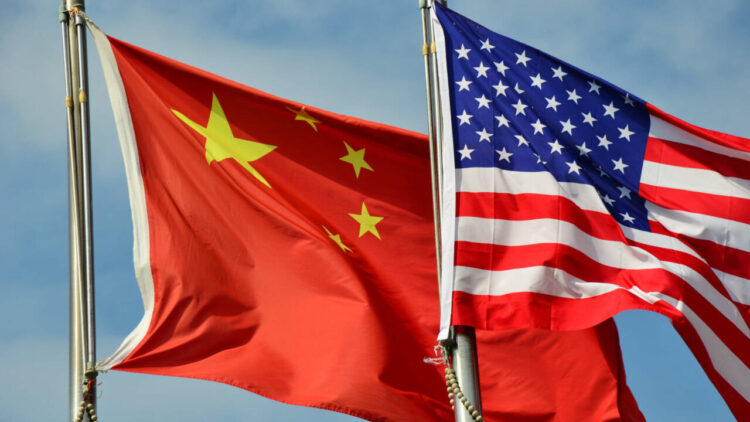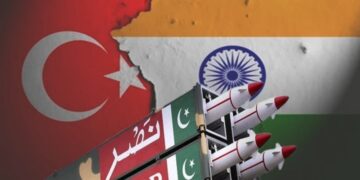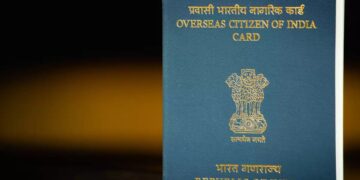In the midst of an escalating tariff dispute with the United States, China is reportedly considering redirecting its surplus electric vehicles and batteries to India, according to a report released by the Global Trade Research Initiative (GTRI).
The report notes that both the US and the European Union (EU) have been reducing their imports of electric vehicles from China. With the recent imposition of tariffs on electric vehicles, batteries, and other advanced technology items by the US, China may seek alternative markets, including India, to offload its excess products.
GTRI underscores the importance for India to remain vigilant against this potential move by Beijing. US President Joe Biden has imposed significant tariffs on various Chinese goods, including electric vehicles, batteries, steel, solar cells, and aluminum. Biden emphasized that these measures aim to prevent unfair trade practices and ensure the protection of American workers.
The tariffs imposed by the US include a 100% tariff on electric vehicles, a 50% tariff on semiconductors, and a 25% tariff each on electric vehicle batteries originating from China. Biden has stressed the necessity for fair competition with China, alleging that the Chinese government has long subsidized its industries, spanning from steel and semiconductors to critical health equipment.
Ajay Srivastava, the founder of GTRI, highlighted the opportunity for India in the face of higher tariffs on Chinese medical supplies. He suggested that India could increase its production and exports of face masks, syringes, needles, medical gloves, and natural graphite to fulfill the demand in the US market. However, the report cautions that India may not benefit from export advantages in sectors like electric vehicles and semiconductors, as it currently imports more than it exports in these areas.
As the US and the EU actively seek to reduce their dependence on China, the report suggests that India should formulate its own strategic response to the changing global trade dynamics, considering its stagnant exports and increasing imports from China.

















Comments